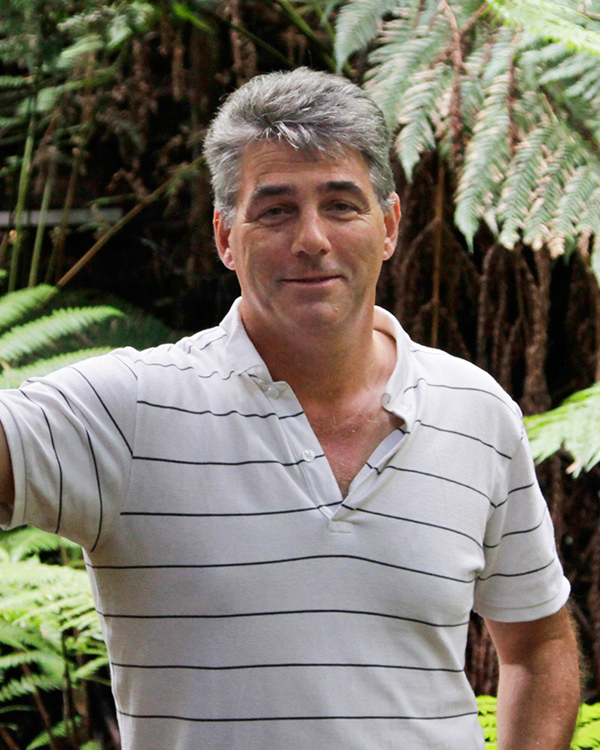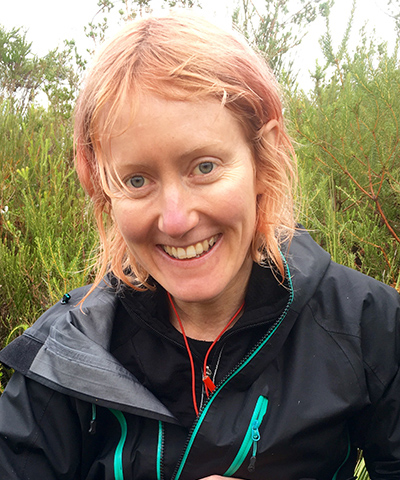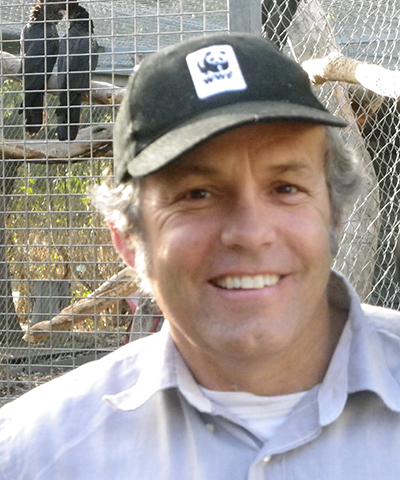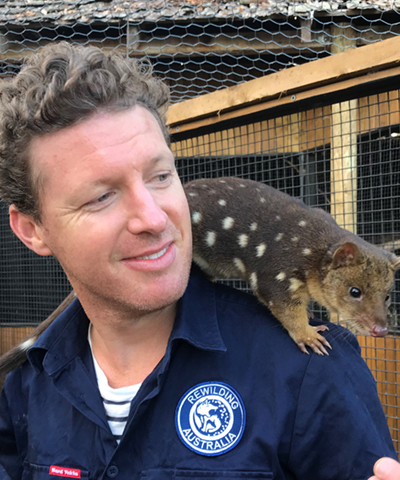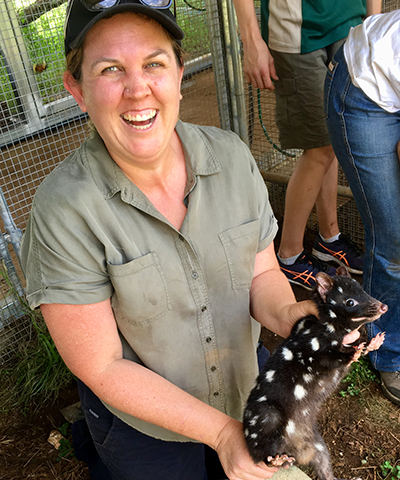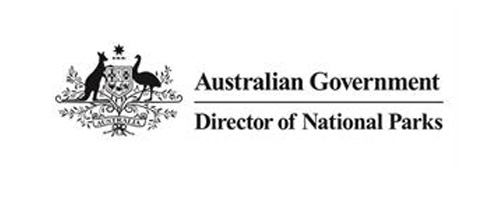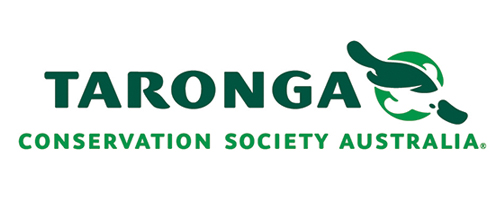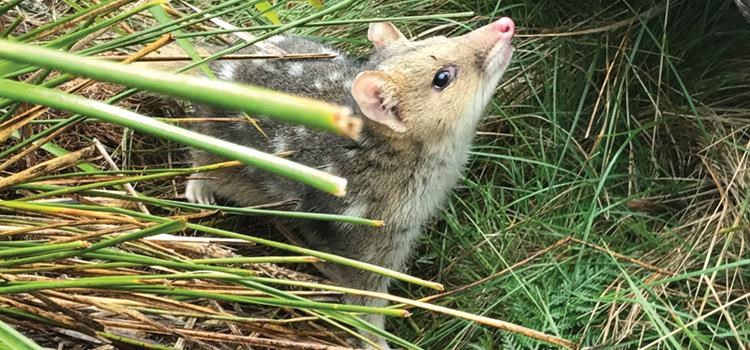
Project: 3.2.2.1
Using reintroductions to understand causes of mammal declines and extinctions at Booderee National Park
Project Leaders: David Lindenmayer , Natasha Robinson
Research in Brief
Over the last century Booderee National Park has suffered large declines and extinctions of many native species, especially mammals. Active management has stabilised declines of many species and created conditions considered suitable to trial reintroductions of at least three regionally extinct mammals. This project will support Parks Australia in planning and monitoring the releases.
The reintroductions and existing monitoring will also be used to identify the causes of declines and extinctions of mammals at Booderee. The project will 1) examine factors needed for re-establishment and persistence of reintroduced mammals 2) consider possible impacts on local ecosystems and how to mitigate them, and 3) determine best-practice translocation procedures for selected mammals. Findings will benefit threatened mammal conservation within and beyond the park. 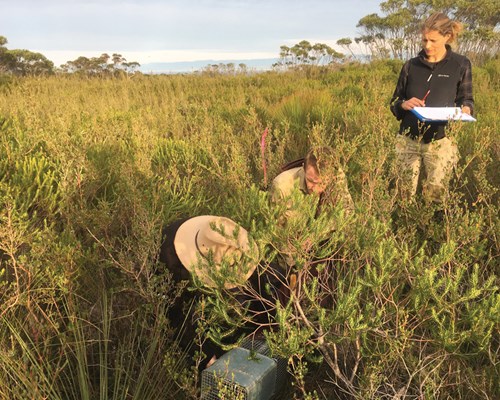 Checking traps in the field. Photo: Natasha Robinson
Checking traps in the field. Photo: Natasha Robinson
Why is the research needed?
Like large areas of south-eastern Australia, over the last century Booderee National Park has seen large declines and local extinctions of many species. Species that have become extinct within the park include the eastern quoll (Dasyurus viverrinus), southern brown bandicoot (Isoodon obselus obselus), the long-nosed potoroo (Potorous tridactylus), the greater glider (Petauroides volans), yellow-bellied glider (Petaurus australis), tiger quoll or spot-tailed quoll (Dasyurus maculatus maculatus). Several of these became locally extinct as recently as the 1980s and the greater glider in the early 2000s.
Parks Australia are actively managing threats in the park, such as through extensive introduced predator control. However many species have continued to decline in recent decades, even though some are still common outside of the park. Reasons for these declines are not currently well understood. Monitoring and research is needed to understand the causes of these declines and the most effective management responses.
A program of long-term biodiversity monitoring began in 2003. This has yielded considerable insight into the effectiveness of different conservation strategies, allowing management approaches, including for fire and invasive animals to be adapted by findings. In response, local populations of some species like the endangered eastern bristlebird (Dasyornis brachypterus) have improved. Conditions are now also considered suitable for the reintroduction of a number of locally extinct species including the eastern quoll, bandicoot, potoroo and glider.
How will the research help?
This research will directly benefit the management of threatened species within Booderee National Park, but also management of threatening processes and species conservation more broadly.
The project will provide guidance to Parks Australia regarding mammal reintroductions, including habitat suitability, criteria for establishment and persistence, effective translocation procedures and knowledge of ecological interactions in the release environment. This information will be necessary for evaluation of each reintroduction and future decisions concerning management of habitat, threats and species.
The project team will provide targeted monitoring of mammals that are reintroduced to Booderee National Park by Parks Australia. This will provide information about their on-going health, how they use habitat and causes of any mortality. The findings will provide valuable information to guide future reintroductions. This will improve the success of future reintroductions and ultimately will ensure the greatest chance of establishing healthy wild populations of these animals in the park.
The project will also examine what factors are required for successful re-establishment and persistence more broadly, and determine optimal reintroduction strategies, including best-practice translocation procedures for selected mammals. Additional research conducted in association with the mammal reintroductions will be used to test causes of declines, threats to persistence and factors limiting re-establishment of each species.
Collectively long-term data from Booderee and elsewhere will also be used to investigate causes of selected mammal declines and extinctions more broadly. 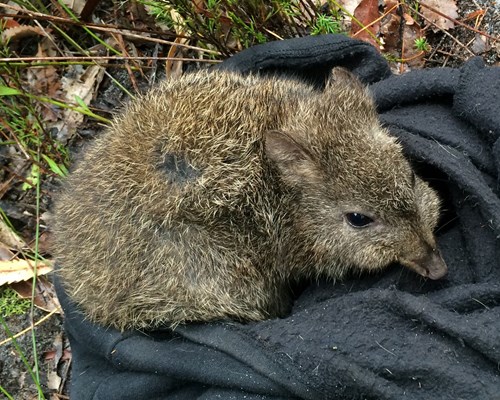 Long-nosed potoroo at Booderee National Park. Photo: Natasha Robinson
Long-nosed potoroo at Booderee National Park. Photo: Natasha Robinson
What research activities are being undertaken?
The project is working closely with Parks Australia who are leading the reintroduction of several mammal species to Booderee National Park including the eastern quoll, southern brown bandicoot, the long-nosed potoroo and possibly also the greater glider.
Prior to Parks Australia making a decision regarding greater glider reintroductions, the project will investigate habitat suitability and potential impacts of reintroducing the species on existing species and ecosystems. It will also undertake habitat surveys and provide recommendations to guide the reintroductions, in particular recommending the location of release sites.
The team will provide intensive monitoring of the animals that are reintroduced to the park including GPS and radio tracking, motion cameras, and live trap surveys. The findings will help park managers to understand the survival, dispersal, home range, habitat preference and species interactions of released individuals.
In addition, research is currently investigating the genetic diversity of the already reintroduced bandicoots, their long term genetic viability and potential source populations for future translocations.
The team will also compile long-term data on the greater glider from Booderee National park, the Victorian Central Highlands and other regions and analyse it to investigate the causes of the current widespread declines, threats to persistence and limitations to reintroductions.
Who is involved?
This is a joint project of the Australian National University and Parks Australia. Wreck Bay Aboriginal Community have been consulted and support the project. Additional partners in the reintroduction projects include Taronga Conservation Society, Forestry Corporation of NSW, Rewilding Australia and WWF Australia.
Where is the research happening?
Field work is being undertaken in Booderee National Park, Jervis Bay Territory. Existing data from other regions is also being used.
When is the research happening?
The project will run from January 2018 to mid 2021.
Further Information
For more information contact:
Dr Natasha Robinson - natasha.robinson@anu.edu.au
Top image: Eastern Quoll. Photo: Rewilding Australia
-
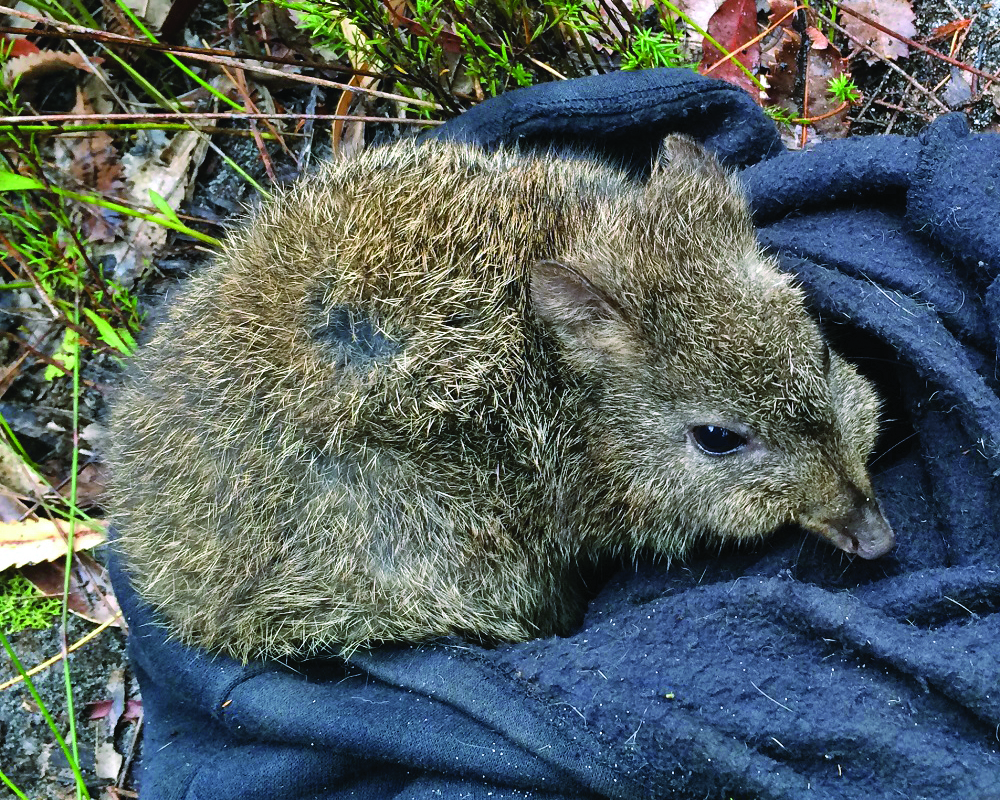
The missing mammals of Booderee
Monday, 24 September 2018 -
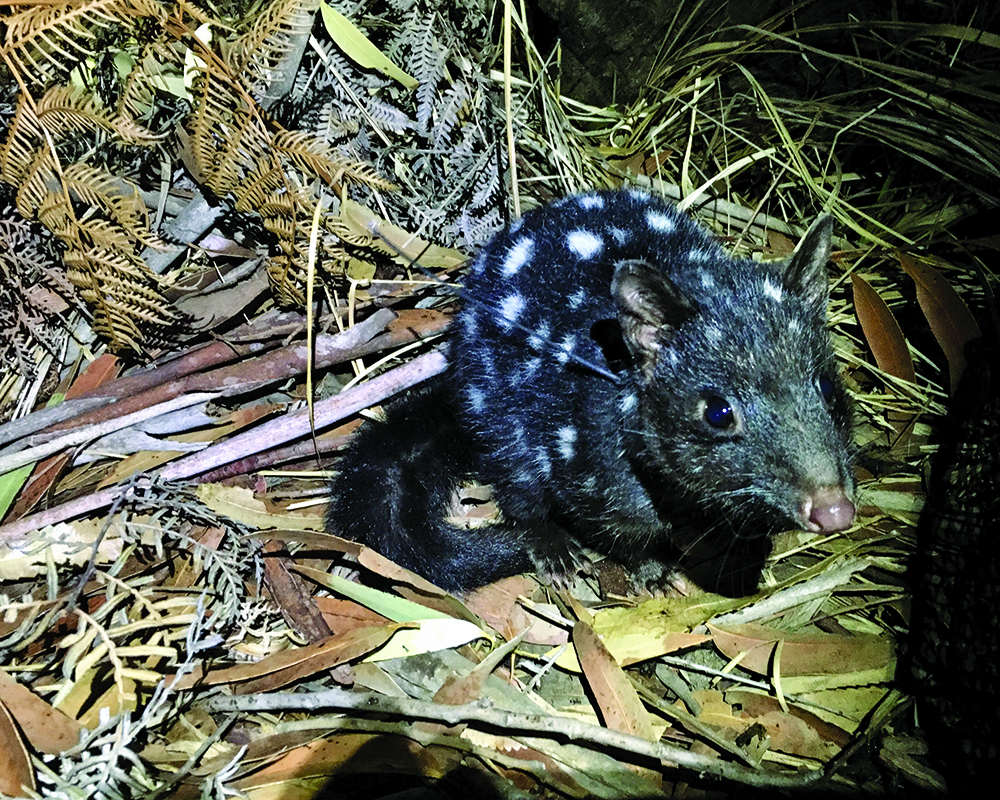
Bundles of quoll joy in Booderee
Monday, 24 September 2018 -
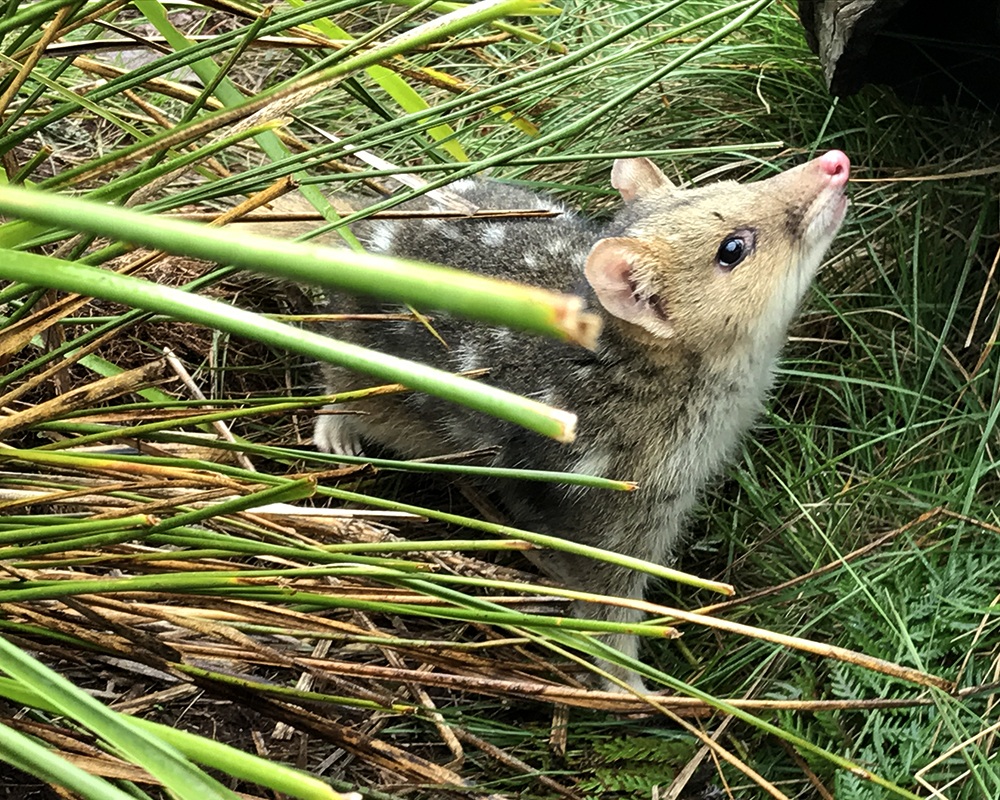
Threatened species returning to Booderee National Park
Tuesday, 05 September 2017 -
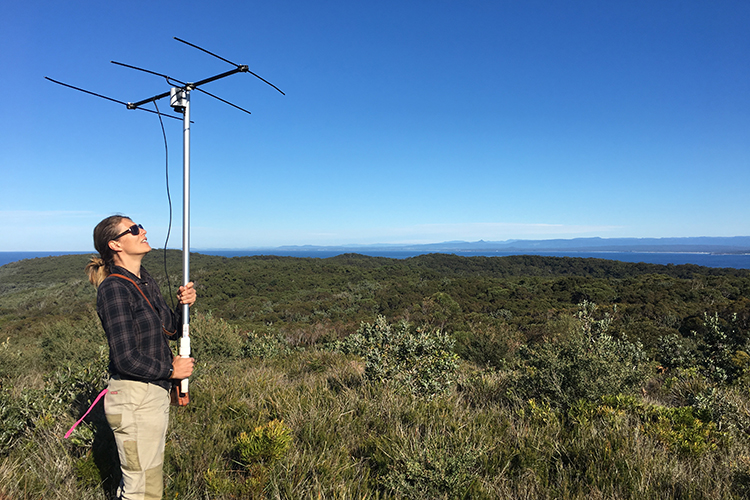
Reasons to be cheerful - Conservation success stories from Booderee National Park
Wednesday, 05 June 2019

